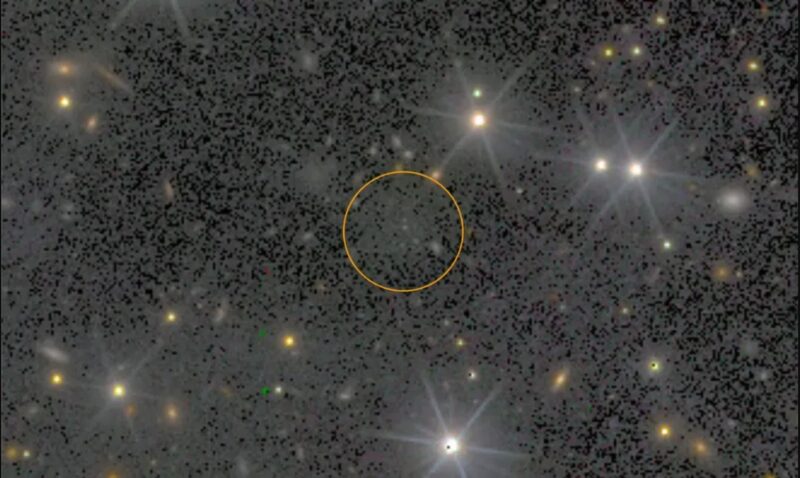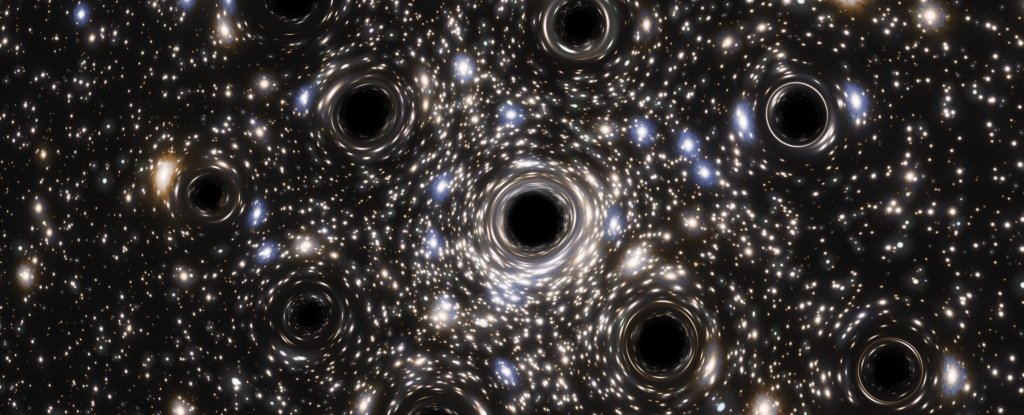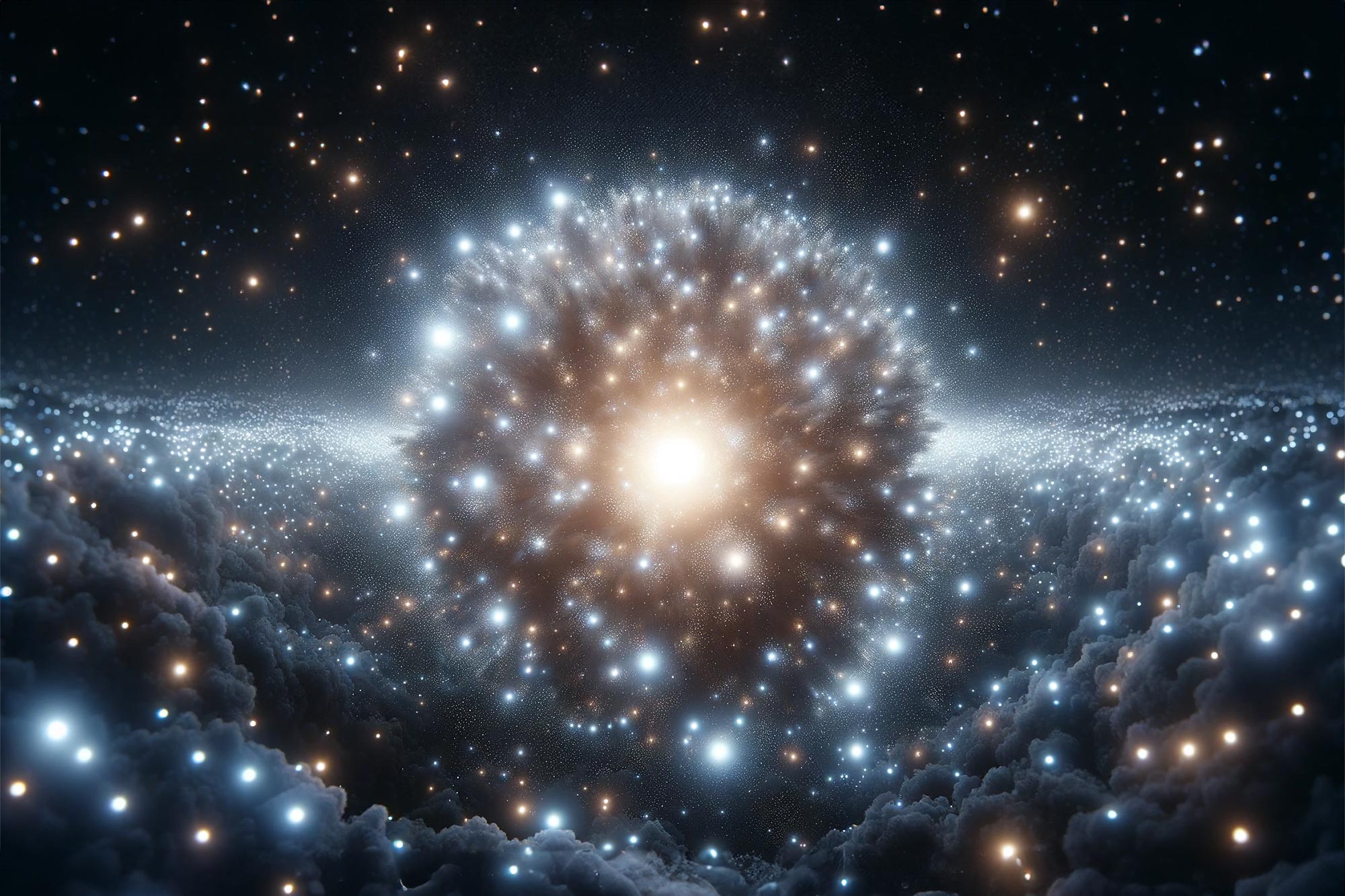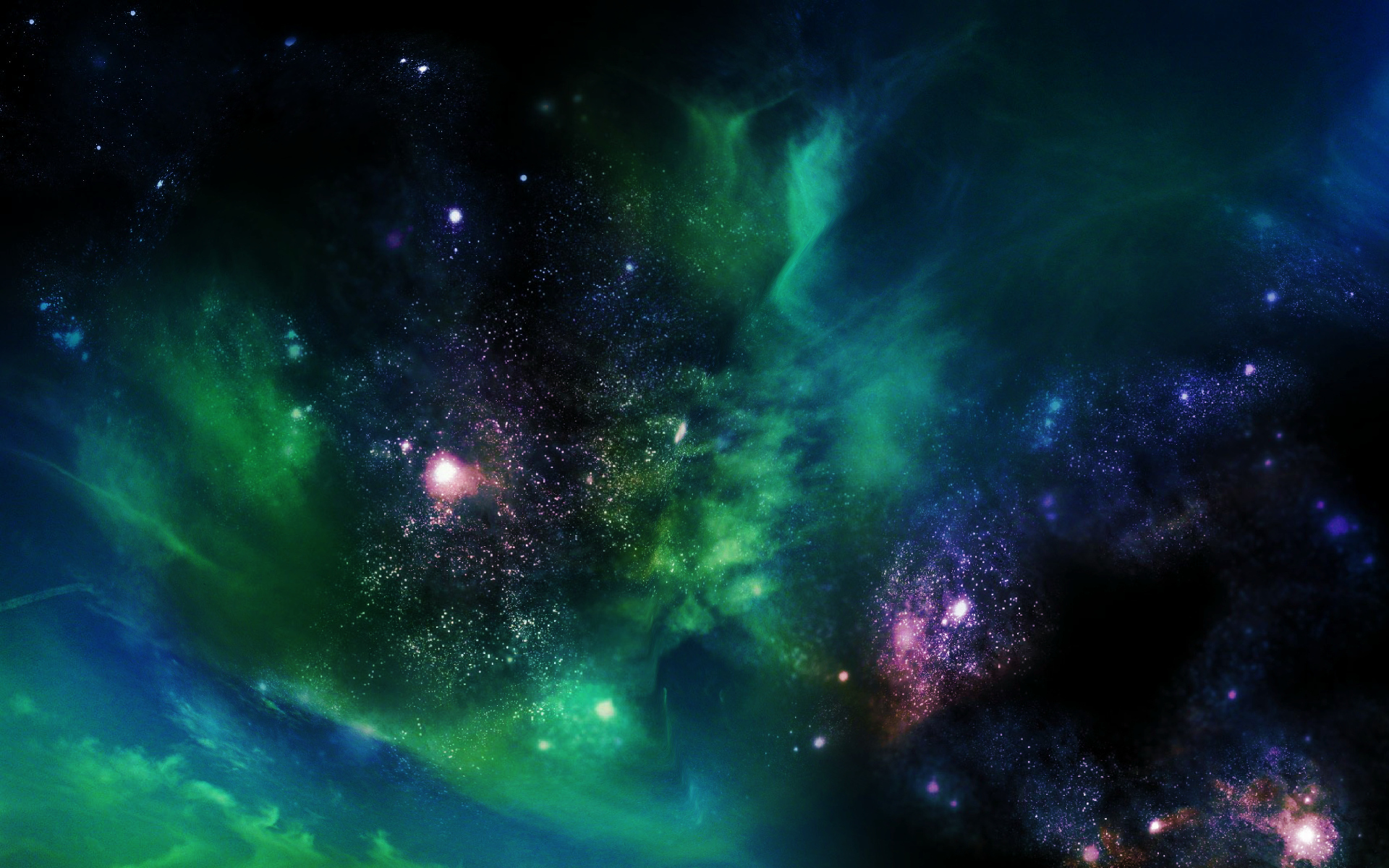
On June 20, 2025, Austrian researchers have discovered a dark-matter galaxy candidate in a cluster of galaxies some 240 million light-years away.

The plot has just thickened in the mystery tale about the unseen mass skulking inside the largest cluster of stars in the Milky Way galaxy.

A fluffy cluster of stars spilling across the sky may have a secret hidden in its heart: a swarm of over 100 stellar-mass black holes.

New research demonstrated a possible formation mechanism of intermediate-mass black holes in globular clusters, star clusters that could contain tens of thousands or even millions of tightly packed stars.

Researchers using the Hubble Space Telescope observed one of the closest globulars to Earth – NGC 6397 and were surprised to find signs of multiple stellar-mass black holes.

A duo of astronomers has spotted three new globular clusters in the Milky Way’s bulge, a 10,000-light-year-wide central structure made primarily of old stars, gas and dust.

The European Space Agency’s Gaia spacecraft has produced the most accurate star catalogue ever assembled, including high-precision measurements of the brightness and positions of some 1.7 billion stars.

Computer simulations of a spherical collection of stars known as 'NGC 6101' reveal that it contains hundreds of black holes, until now thought impossible.